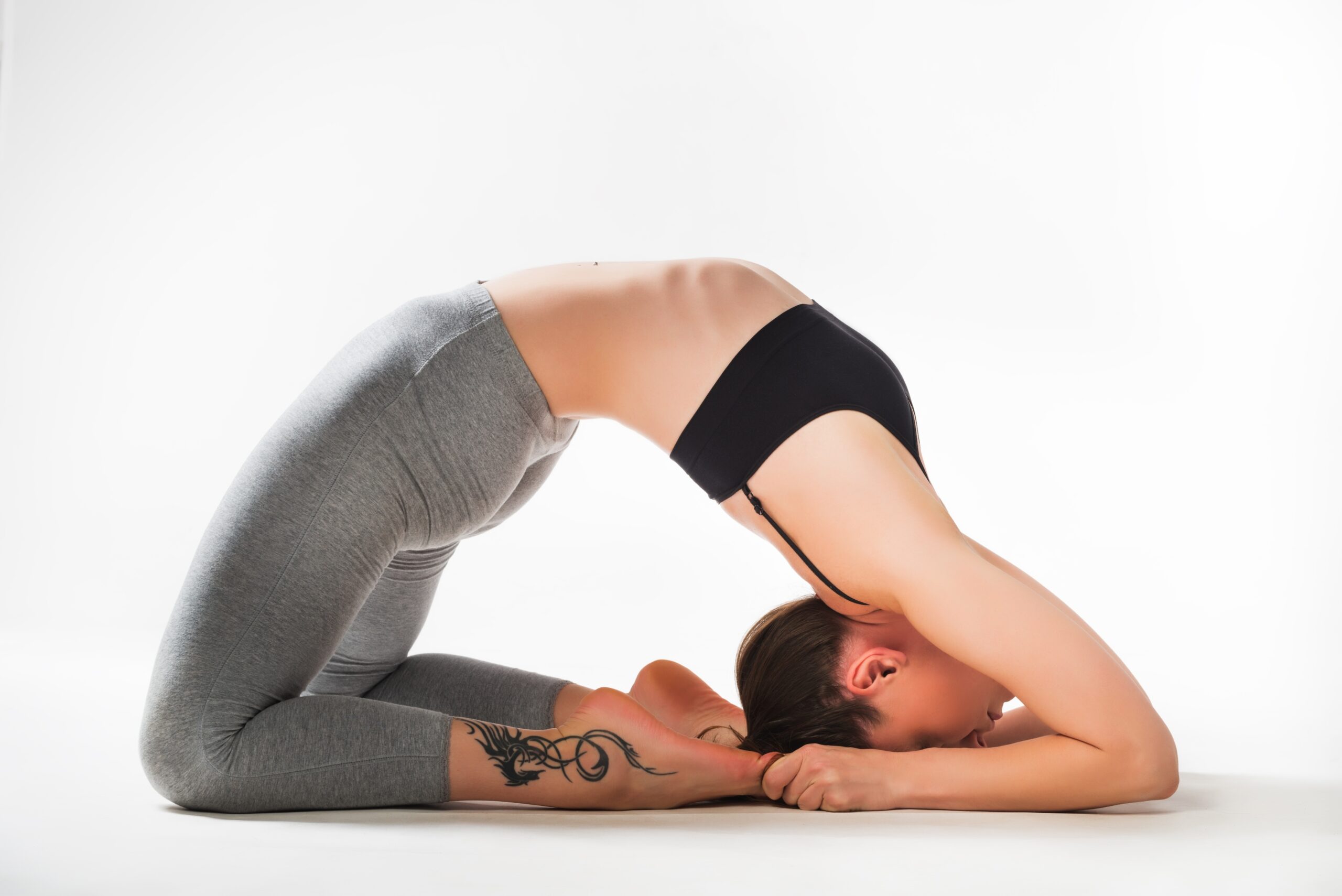Tell me if this sounds familiar. You’ve been going to the same yoga class for the past few months. You enjoy it, but sometimes you need to add a little something-something to challenge yourself. I’ve been there. These three ways to update your transitions from downward facing dog lets you up-level without going off track from the rest of the class. It’s a way to customize and add more core and balance to your practice, without disturbing other yogis or making the teacher feel disrespected. Here’s a video that shows you the ways. You can also read the instructions below.
Going to a vinyasa yoga class regularly can sometimes feel stagnating.* Vinyasa classes are meant to provide yoga to a group of students with different levels for a specific amount of time. Each class stands on its own. Meaning, the class is not meant to carry you over to the next class you take. This is in contrast to an ashtanga practice, which focuses on progressing to deeper poses, or even a traditional yoga practice, which relies on two things. First, making yoga a part of daily life, so you have to practice 5-6 days a week. Second, developing a close teacher-student relationship, wherein the teacher guides you through the poses to reach your potential. There’s nothing wrong with the vinyasa format. But if you take yoga classes consistently and want a little upgrade, this is for you.
Downward Facing Dog to Front of the Mat
Teachers usually give students two cues when transitioning from downward facing dog to the front of the mat: walk or jump. Unless you’re jumping into a tuck position or handstand, I find that it’s better to take one giant step, with the legs straight, and place the foot as close to the hands as possible from downward facing dog. I recommend switching the leg that moves forward first if you have the opportunity to do this more than once. This works out the core and shoulders more than taking an uncontrolled jump.
Downward Facing Dog to Sitting
When a teacher asks students to take a seat from downward facing dog, try taking one foot in between the hands, and pull the back leg through and doing a one-legged squat to sit on the ground. Make sure to switch legs the next time the class asks you to do the same transition.
Balance Challenge
Try adding a balance challenge the next time you’re in downward facing dog. First option is to lift the right leg and left hand and try to grab the leg. Alternatively, if you want a more challenging option, try lifting the right leg and right hand and grab the leg. This makes it harder to balance since all the weight is now on the left side. Whichever one you choose, do both sides.
Note *
One of the things that drew me to ashtanga yoga before is the measured approach to progressing in your poses. Unlike your general vinyasa classes, an ashtanga practice has specific set of poses done in a sequence. When you are ready to move on to the next pose or series, your teacher gives you their approval. It’s a practice that relies on an intimate relationship between student and teacher. Grounded on consistent practice and progress, it’s probably the only type of group yoga class where you’ll see students in kapotasana (see below). Unless you’ve done gymnastics or just super flexible and bendy, it takes time for adults to progress in this pose.
I no longer practice ashtanga nowadays. I do self-guided yoga at home. I love the spontaneity of vinyasa and also the focus on progress in ashtanga. So in my home practice, I work on specific poses I want to get deeper in every time I practice. Finding a yoga path that lets you practice daily with joy, is always the path best taken.

Kapotasana
Finding a yoga path that lets you practice daily with joy, is always the path best taken.

